2023 Solstice Night Greeting

Dear Esteemed Readers,
The gorgeous feature photo that begins this post could be of nearby (and much-beloved) Cowiche Creek, not far from my loft here in Tieton, Washington, but it isn’t. The photo was taken by my neighbor, John Kane, who has a loft just down the hall from mine.
Every year, John bounces down the backroads of various far-flung landscapes to bring back the best shots, and this is one of my favorites. It is the perfect inspiration for my annual, solstice night greeting! Here is what John had to say about his photo when I asked about it:
This is Crab Creek, which collects itself in pastureland near Reardan, Washington and flows all the way across the Columbia Plateau to join the Columbia River at Beverly. It is about 163 miles long.
When I first saw John’s photo, I suspected that the currents in a “creek” that large would still be active under the frozen surface—but would perhaps just be moving at a slower pace for a time in deeper, hidden channels. John agreed, saying that further downstream, just before the creek joins the Columbia river, its icy, snow-covered coating disappears, and its currents become visible and free flowing again.
I cannot think of a better visual metaphor than John’s photo for describing what takes place on this longest, solstice night, as increasingly short days reach their maximum darkness. As other creatures of the earth choose dormancy to survive the dark months at this time of the year, parts of our psyches may also turn inwardly to move through deeper channels. And even though the outward world continues to appear as troubling as ever (this past year has been especially so), I still try to focus on the cyclical and predictable return of the light to help restore my spirits. Preparing an essay each month for this online Art Nun journal is always an exercise in positive thinking that I hope will have uplifting and beneficial ripple effects for you, my readers.
Long ago, I abandoned the mandatory and stressful holiday gift giving ritual that always left me feeling unfulfilled and drained. In its place, I made some special hot cocoa for a few friends and lit some candles.
But one day some time ago, as I brought in the heartfelt cards that often come my way from far away at this time of year, I noticed an unsolicited, nostalgic, Vermont Country Store catalog in my mailbox and opened it with a dismissive chuckle. Just past the endless pages of fruitcakes I would never touch, I discovered an item for sale that instantly awakened long-forgotten memories: a candelabra made from the same vintage “bubble lights” that my beloved grandmother Fern always placed on her tiny Christmas tree every year.
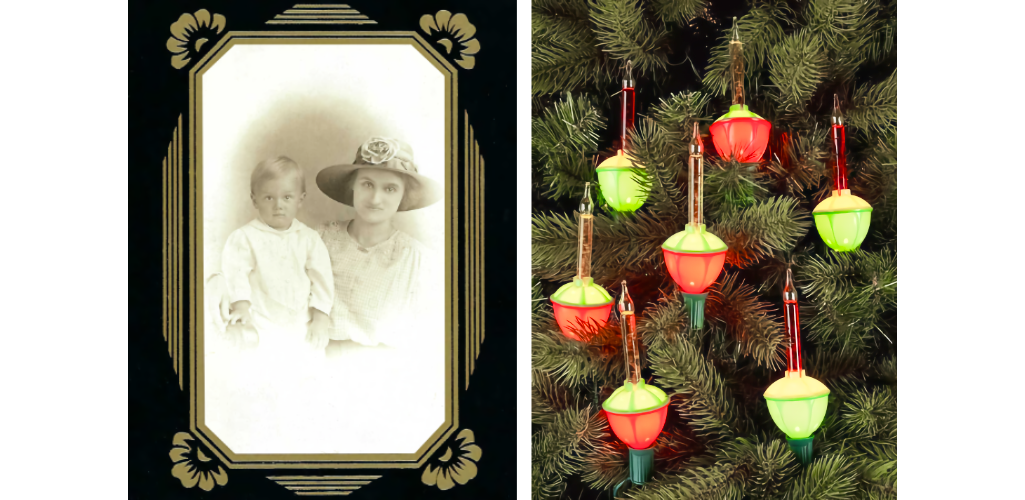
I loved those cheery lights as a child, and as an adult, I often wished I could buy some of the same lights as a remembrance of my grandmother. But I never found any. Now, there they were, sitting in a new form right in front of me, in a catalog that had narrowly missed being immediately recycled. I broke my long-standing “no useless consumerism” rule and ordered the candelabra that same day. And when it arrived, it was even better than expected. I reveled in its fake-gold, molded-plastic, five-tiered (some would call it “tacky”) design, clearly inspired by the grandeur of ancient Babylonian ziggurats…
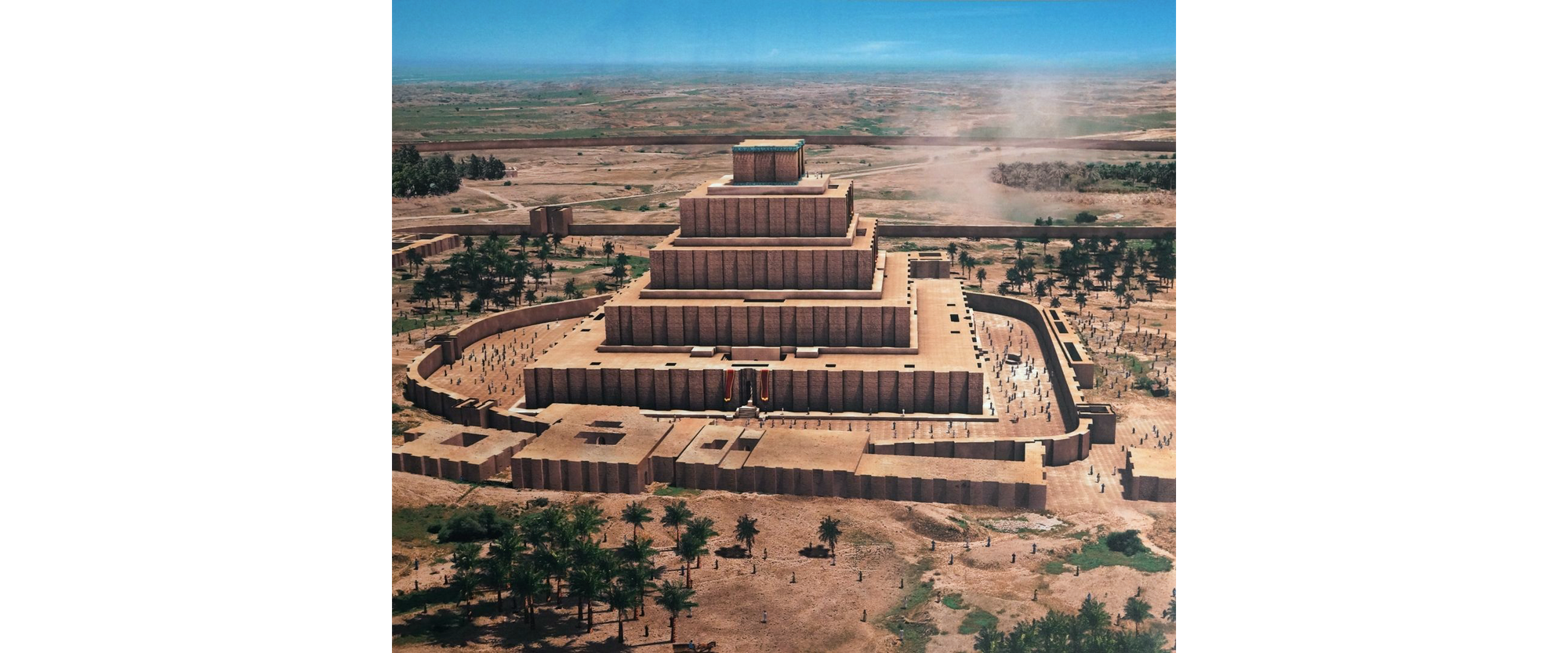
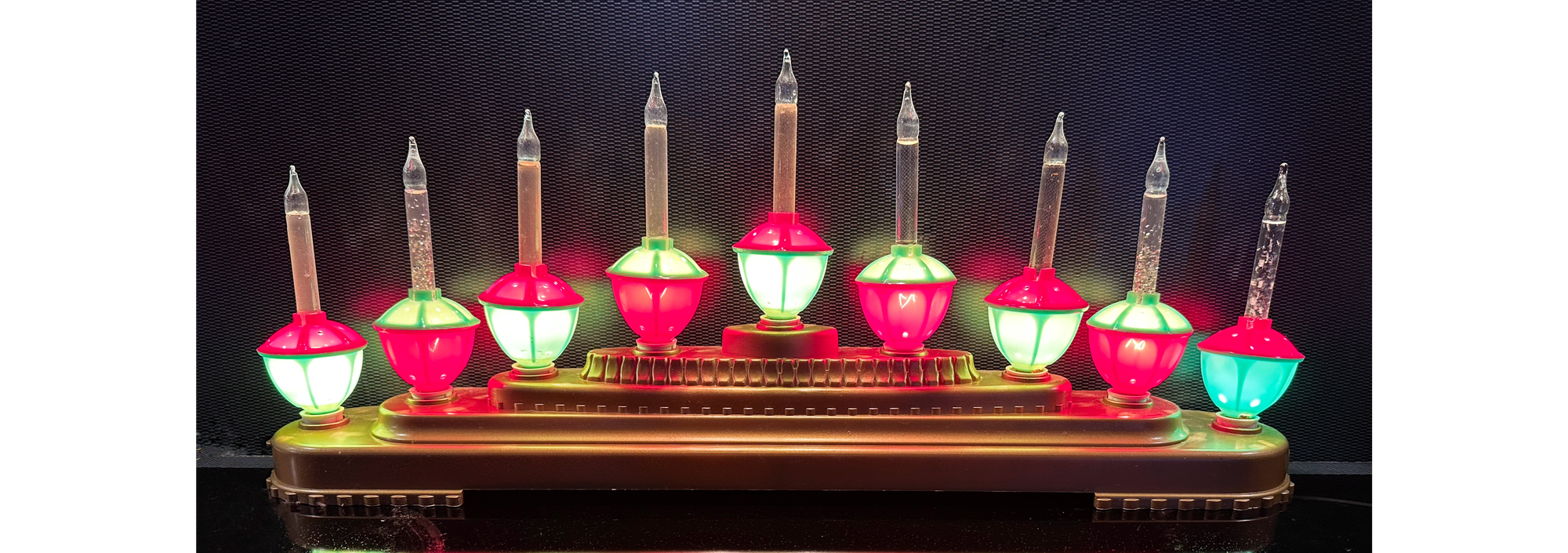
I call it my “Hybrid, Nine-Light, Christmas Menorah,” a festive, equal opportunity decoration that always brings a smile to the faces of my eclectic circle of Jewish, Christian, Muslim, Solstice-honoring, and non-believer friends alike, as we sip our cups of hot cocoa and wait for the coming of the light.

To celebrate the 2023 return of solstice warmth, I’m including another musical gem taken from the same suite of music I introduced to you last year, Six Studies in English Folk Song, written in 1926 for cello and piano by English composer Ralph Vaughn Williams.
Vaughn Williams spent many years collecting traditional English folksongs and hymns that he later incorporated into his more formal musical compositions. For the Six Studies, he specifically wrote that his aim in setting the songs was for them to be “treated with love.” He is one of the only composers I know of who accomplished this musical “translation” with true reverence and respect for the invisible emotional tone of the original sources.
Try to set aside a few moments of quiet to listen to the music, and then enjoy the chorus of Tieton wildlife and nature voices, as we all honor the growing warmth that will follow this year’s solstice night.
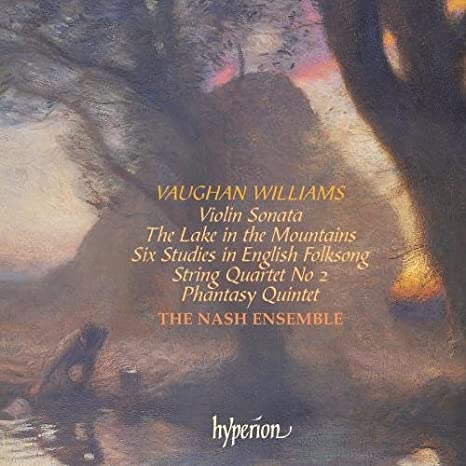
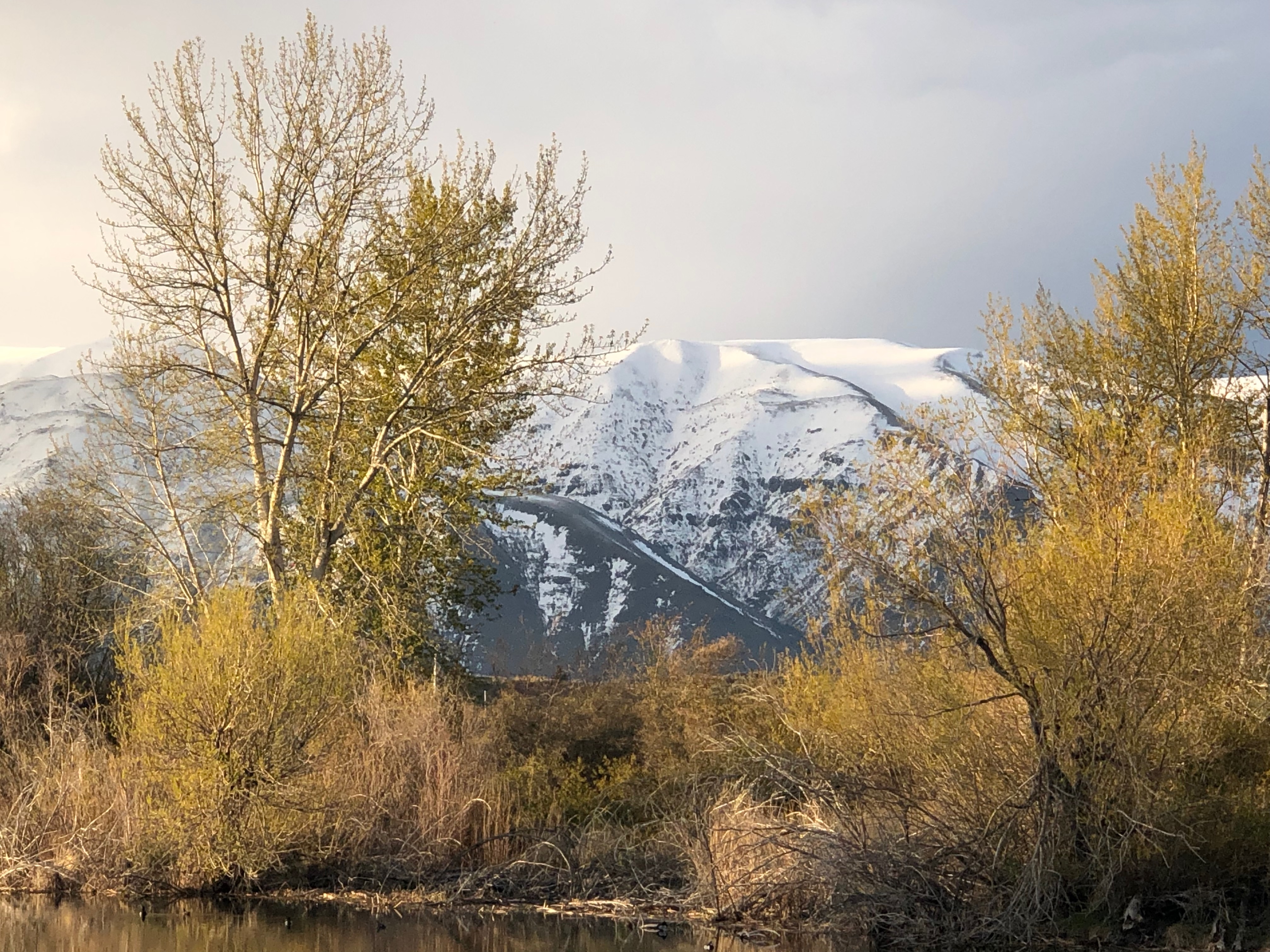
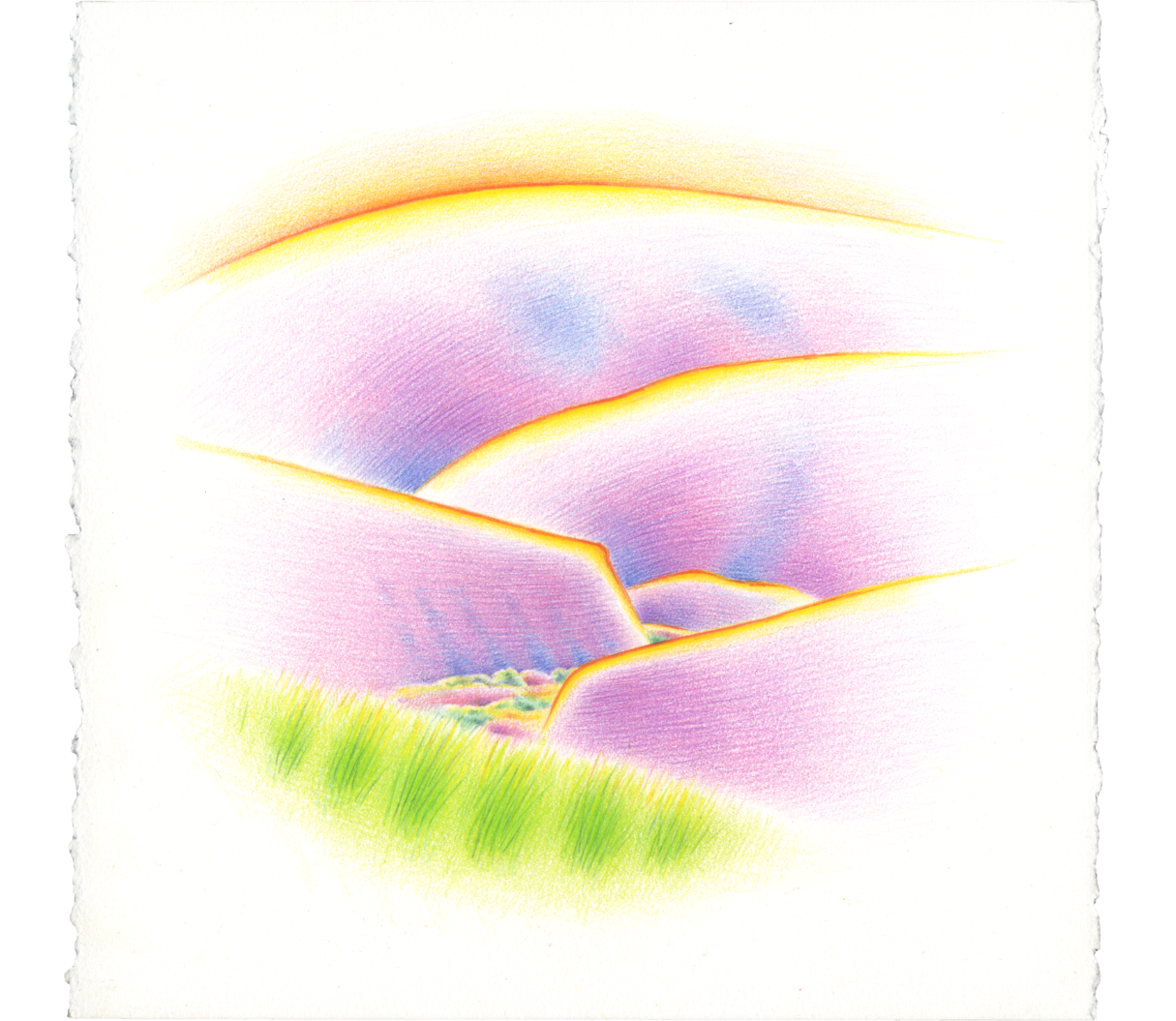
With grateful acknowledgement of the longest night of the year and its opening to the future.

Sandra Dean, Visual Artist
Tieton, Washington USA

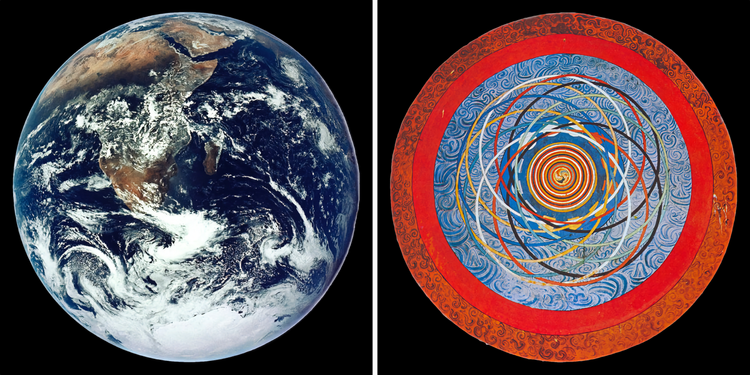


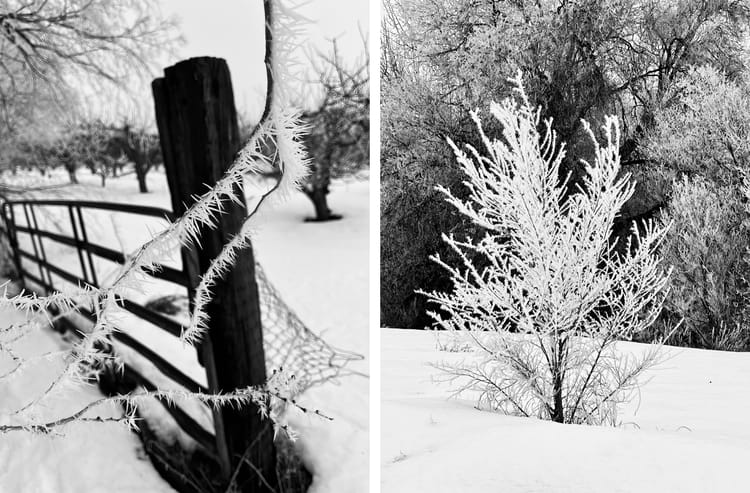
Member discussion